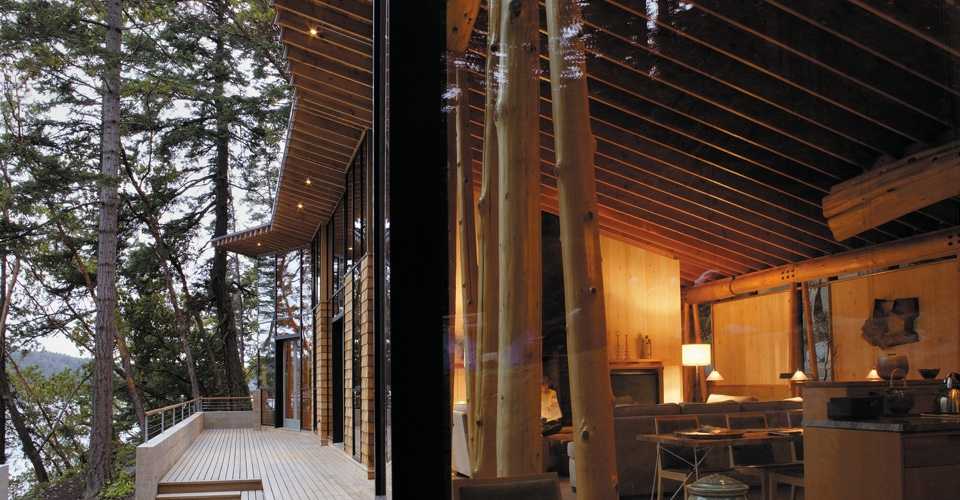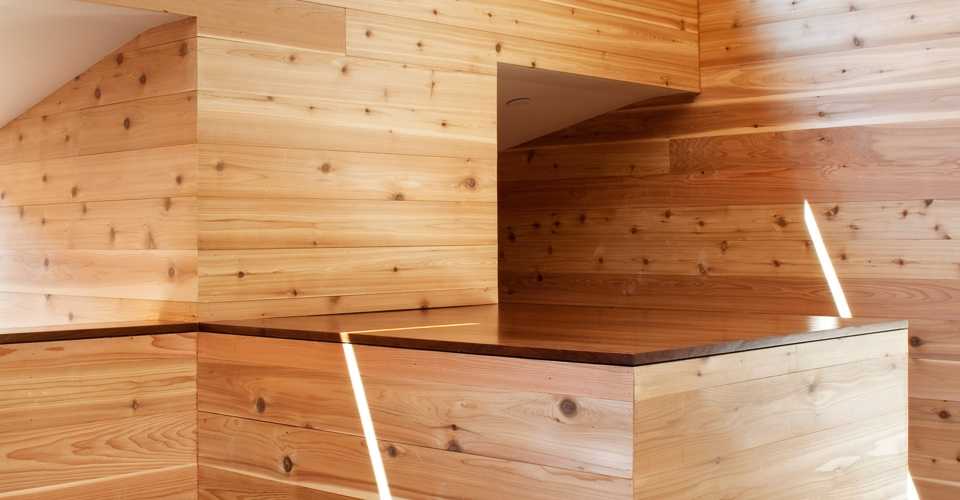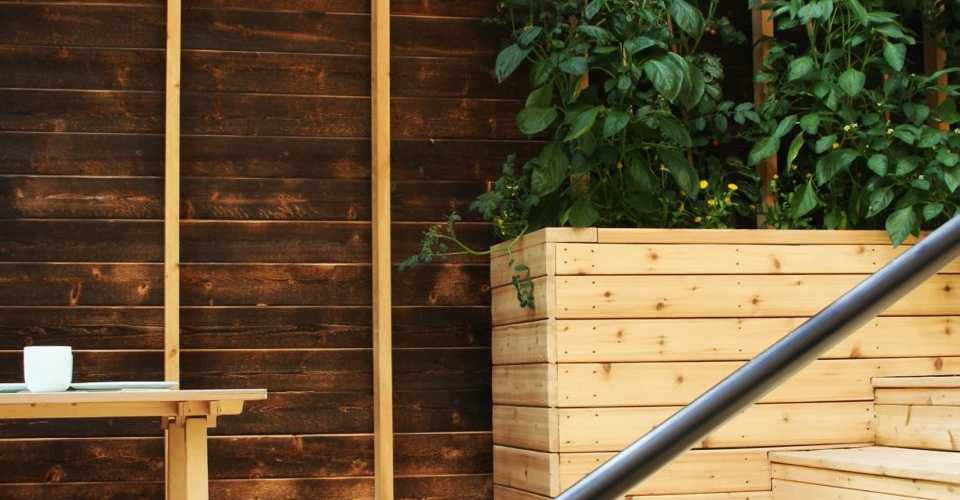why cedar
Back
why use western red cedar?
characteristics & properties of western red cedar
benefits of real cedar
real cedar history
real cedar certification
sustainability & the environment
biophilia
forestry facts
why use yellow cedar?
products
Back
siding
Back
introduction
siding home
siding gallery
design & spec
siding grades
engineered cedar
siding calculator
prep & install
preparation
pre-building
tyvek drainwrap
general installation
finish & maintain
choosing a finish
how to finish
care & maintenance
restoration
siding profiles & trim
bevel
trim boards
board & batten
shingle panels
tongue & groove
lap or channel
decking
Back
introduction
decking home
decking gallery
design & spec
decking grades
decking span charts
span tables
decking calculator
prep & install
fasteners
stairs & railings
finish & maintain
choosing a finish
how to finish
care & maintenance
restoration
deck projects
roof deck
ground level deck
raised deck
uphill sloping lot deck
outdoor
Back
introduction
outdoor home
outdoor gallery
design & spec
diy plans
pre-built kits
design tips
span tables
prep & install
preparation
fasteners
finish & maintain
choosing a finish
how to finish
care & maintenance
restoration
fences
fence construction
fence specifications
pre-built fence panels
indoor
Back
introduction
indoor home
indoor gallery
design & spec
design tips
prep & install
preparation
finish & maintain
how to finish
care & maintenance
indoor projects
saunas
doors & windows
tongue & groove paneling
blinds & shutters
timbers
Back
introduction
timbers home
timbers gallery
design & spec
grades & specs
engineered cedar
span tables
prep & install
preparation
installation
finish & maintain
how to finish
care & maintenance
restoration
diy projects
membership
Back
our members
Back
executive members
retailers
partners
tertiary manufacturers
certified cedar distributors
certified cedar distributors - usa
certified cedar distributor - canada
architects
international associates
why become a member?
membership levels
membership benefits
membership faq
join the wrcla!
member support
resources
Back
gallery
videos
blog
documents
*new* yellow cedar
gallery
about us
architects & builders
member login
USA & Canada
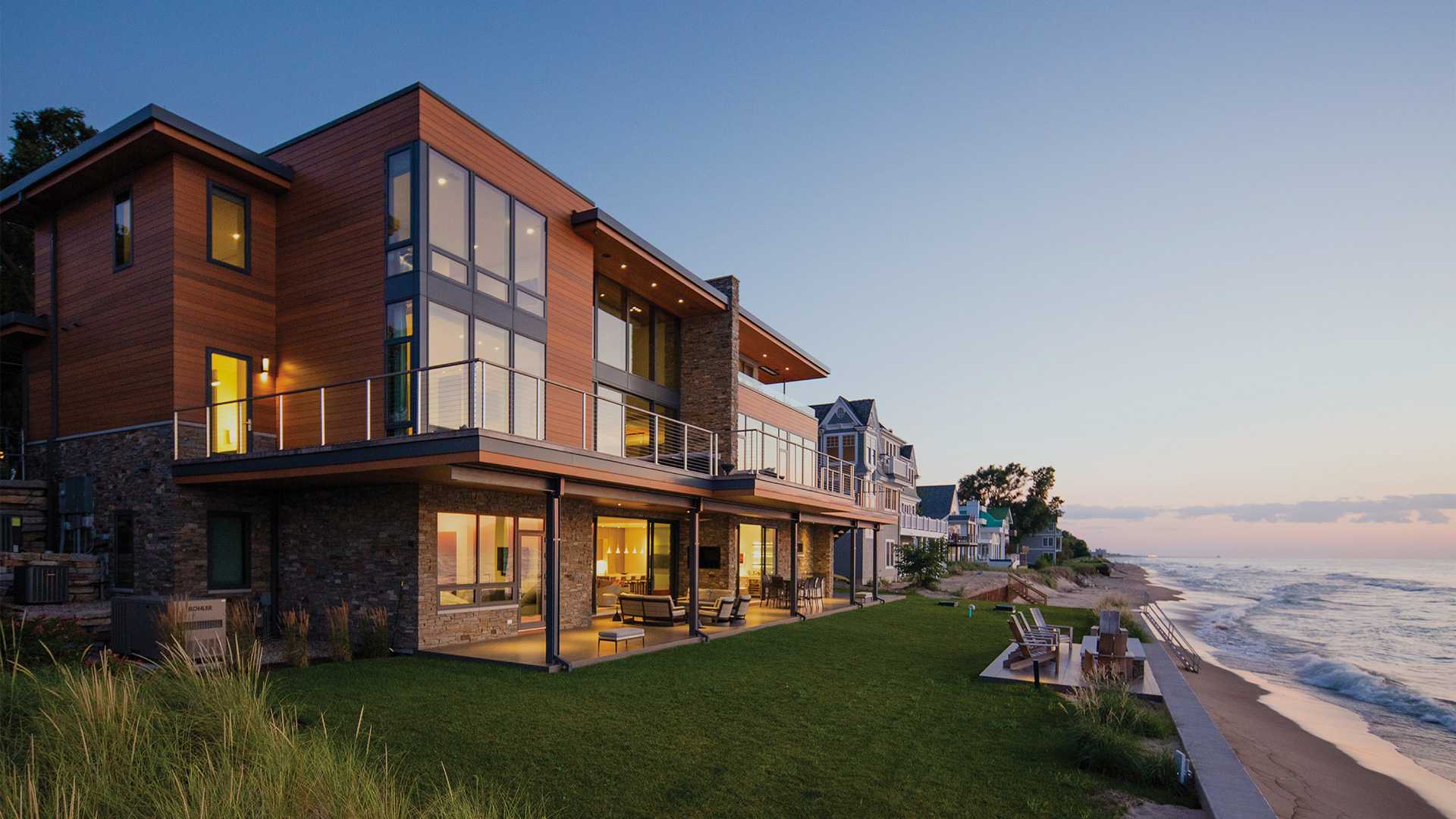
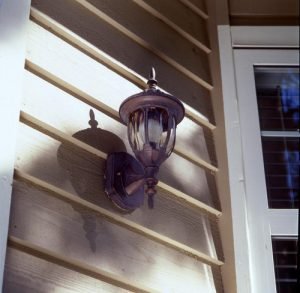 Preparation is key. If you don’t properly prep your siding surface before applying finish, you may end up dealing with poor adhesion and inconsistent coloration. You can start this process by inspecting the condition of your siding. Any damage, mildew and/or loose dirt must be dealt with before you do anything else.
Preparation is key. If you don’t properly prep your siding surface before applying finish, you may end up dealing with poor adhesion and inconsistent coloration. You can start this process by inspecting the condition of your siding. Any damage, mildew and/or loose dirt must be dealt with before you do anything else.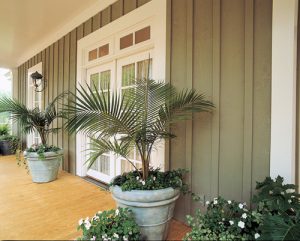 In severe cases where there’s old paint or solid color stain peeling and cracking, you may need to remove the old finish prior to tackling any kind of mildew issues. While there are plenty of ways to strip away these flakey layers, there are no shortcuts – i.e. if you try to cut down on time by power washing your siding, you will run the risk of seriously damaging the wood. As well, you may compromise the wood’s ability to hold a finish. After you strip off all the peeling finish and sand the bare wood till the edges are smooth, then it’s time to start from scratch and treat the siding as if it were
In severe cases where there’s old paint or solid color stain peeling and cracking, you may need to remove the old finish prior to tackling any kind of mildew issues. While there are plenty of ways to strip away these flakey layers, there are no shortcuts – i.e. if you try to cut down on time by power washing your siding, you will run the risk of seriously damaging the wood. As well, you may compromise the wood’s ability to hold a finish. After you strip off all the peeling finish and sand the bare wood till the edges are smooth, then it’s time to start from scratch and treat the siding as if it were 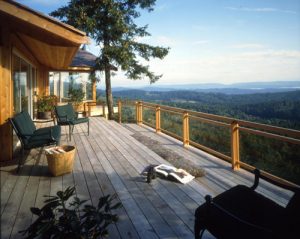 Untreated siding will eventually turn a beautiful silvery grey. But, if this is no longer the desired effect, you can usually get your siding back to its original color with wood brighteners, cleaners and restorers. But first you have to sand off the top layer of “skin.” After that, clean, dry and inspect the wood for mildew. Then it’s time choose
Untreated siding will eventually turn a beautiful silvery grey. But, if this is no longer the desired effect, you can usually get your siding back to its original color with wood brighteners, cleaners and restorers. But first you have to sand off the top layer of “skin.” After that, clean, dry and inspect the wood for mildew. Then it’s time choose 